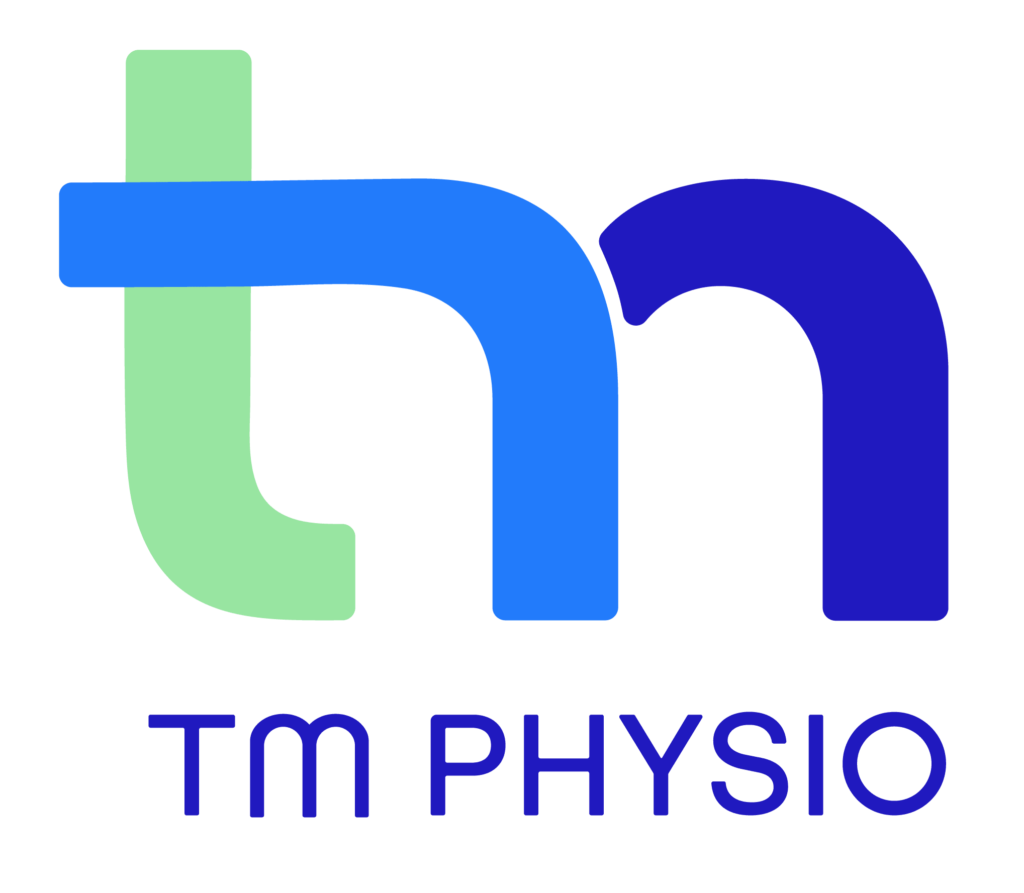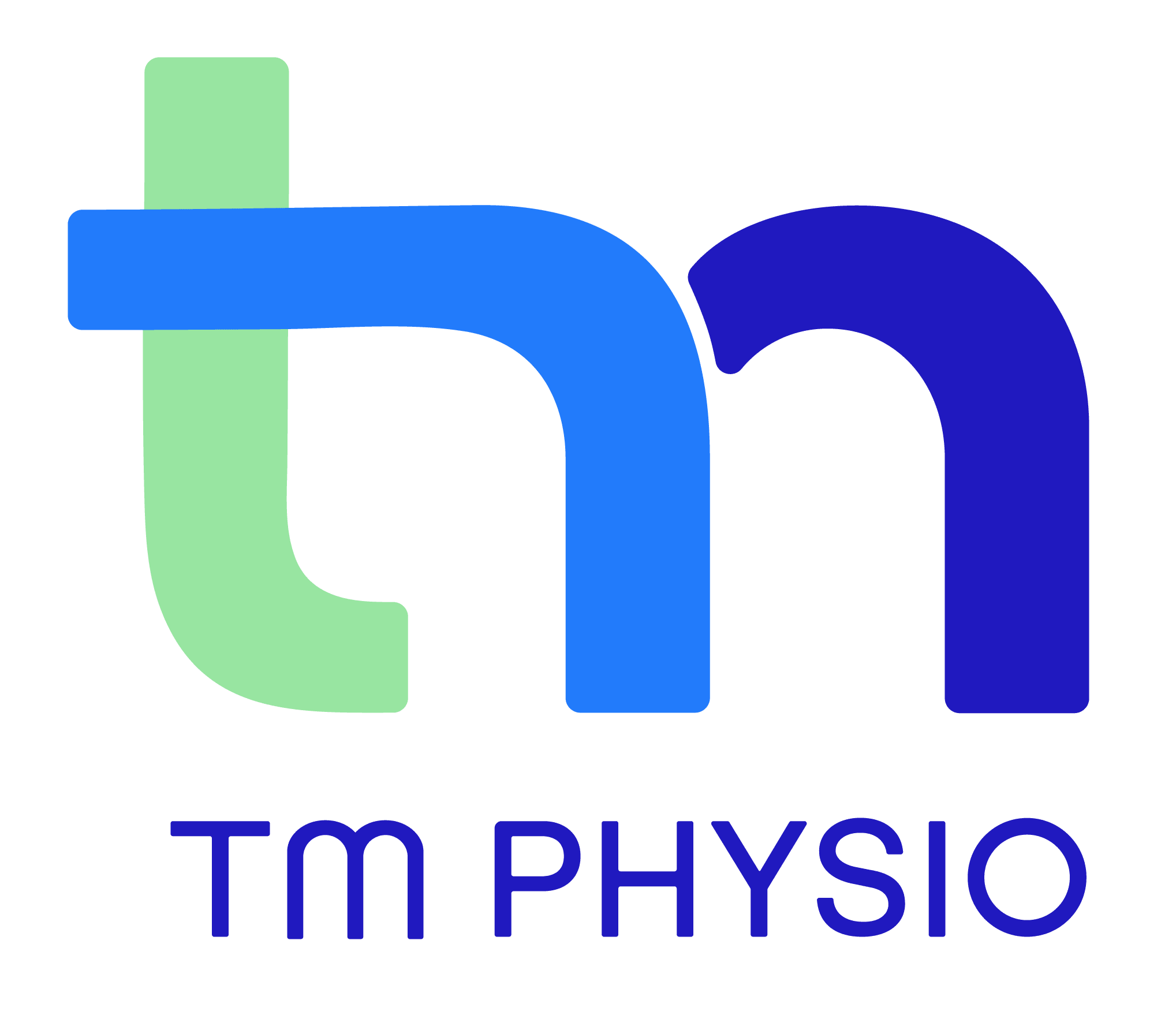Sciatica
Help for sciatica in Canberra
Sciatica is characterised by pain that starts in the lower back or buttock and travels into one or both legs. Sciatic nerve pain often varies in its’ intensity and frequency, however usually there will be a component of sharp, jabbing or “electric shock” pains that radiate into the legs. Sciatica pain is also commonly associated with burning, numbness and tingling sensations. Muscle weakness is another frequent symptom of scitica that requires careful monitoring. Typically, sciatica is made worse by bending, lifting, sneezing and coughing.
Sciatica is a common problem for manual workers, sedentary office workers and is particularly prevalent during pregnancy.
What causes sciatica pain?
Sciatica nerve pain is caused by pressure on the sciatic nerve – a very large nerve that originates from the lower lumbar spine and travels through the buttock into the leg as far as the back of the knee.

Pressure on the sciatic nerve can result from a number of reasons including:
- piriformis syndrome (tightness of the piriformis muscle in the buttock that compresses the sciatic nerve)
- spinal misalignments, vertebral dysfunction
- herniated disc, disc prolapse
- osteoarthritis
- poor posture – wearing high heels, prolonged sitting, poor mattress
- poor lifting technique and poor bending habits
- spinal compressions due to osteoporosis
Diagnosis
Since there are many disorders that can cause sciatica, your physiotherapists’ first task is to determine the exact cause of your sciatic nerve interference.
Physiotherapy treatment always begins with a thorough history, spinal, orthopaedic and neurological examination. Special diagnostic imaging investigations such as X-ray, CT, MRI and posture pro scan may also be required to accurately diagnose your sciatica.

Sciatica treatment
As sciatica is due to pressure on the sciatic nerve, it stands to reason that treatment involves removing this pressure. Your Physiotherapy treatment aims to achieve this by reducing nerve pressure caused by poorly moving spinal joints as well as easing muscular tension in the lower spine, buttock and leg. This is achieved by using a combination of the following techniques:
- Spinal mobilisations
- Massage therapy and trigger point therapy
- Stretching tight muscles, joints, tendons and ligaments
- Ultrasound and other electrical stimulation devices
- Advice in relation to how to minimise pressure and irritation of the sciatic nerve
In addition to this, you will be given a series of home stretching exercises and asked to apply ice and heat to help aid your recovery.
If you are suffering with sciatica at the moment please do not delay – you can achieve the best results when you address the symptoms early. Please contact us to begin your care today!

